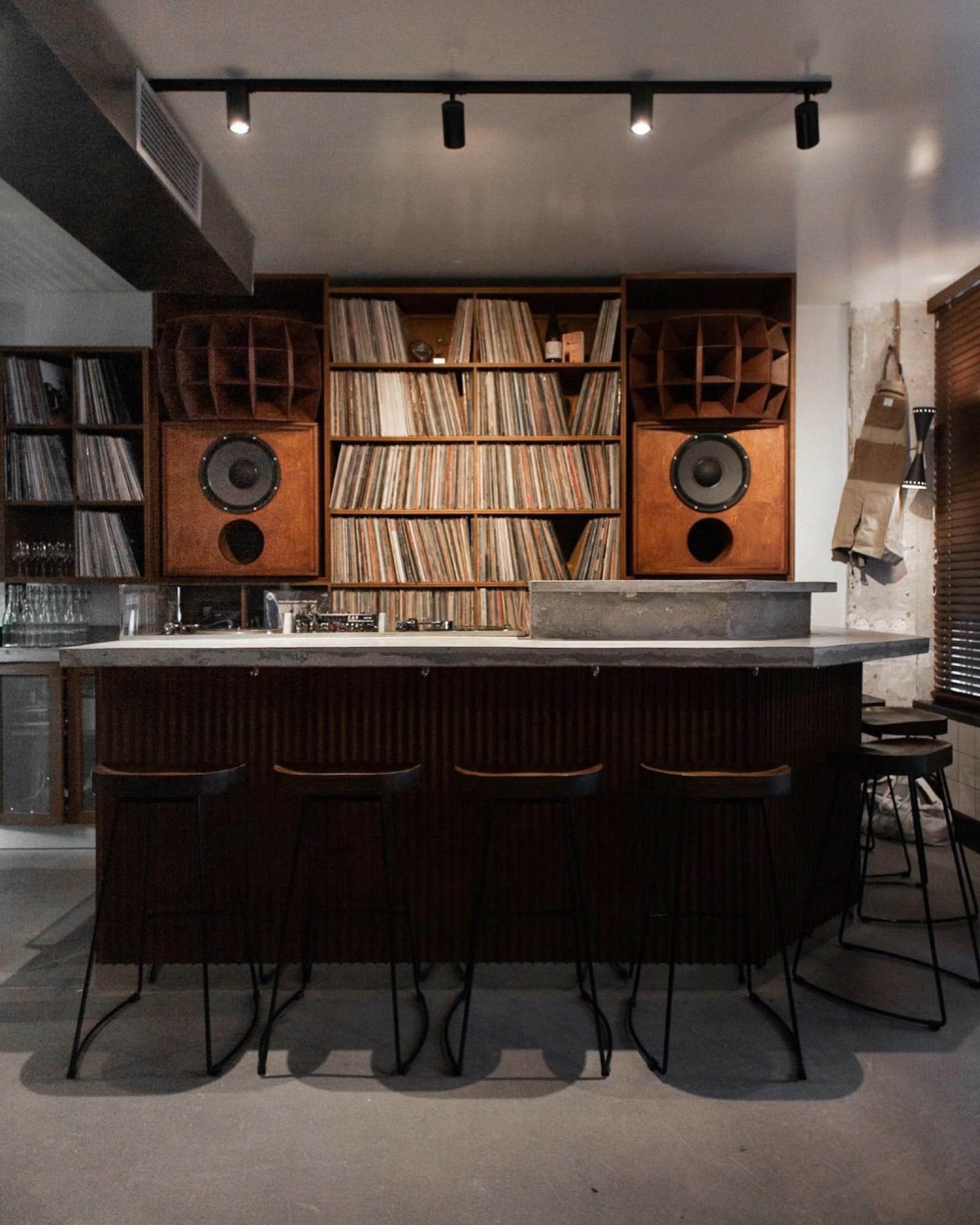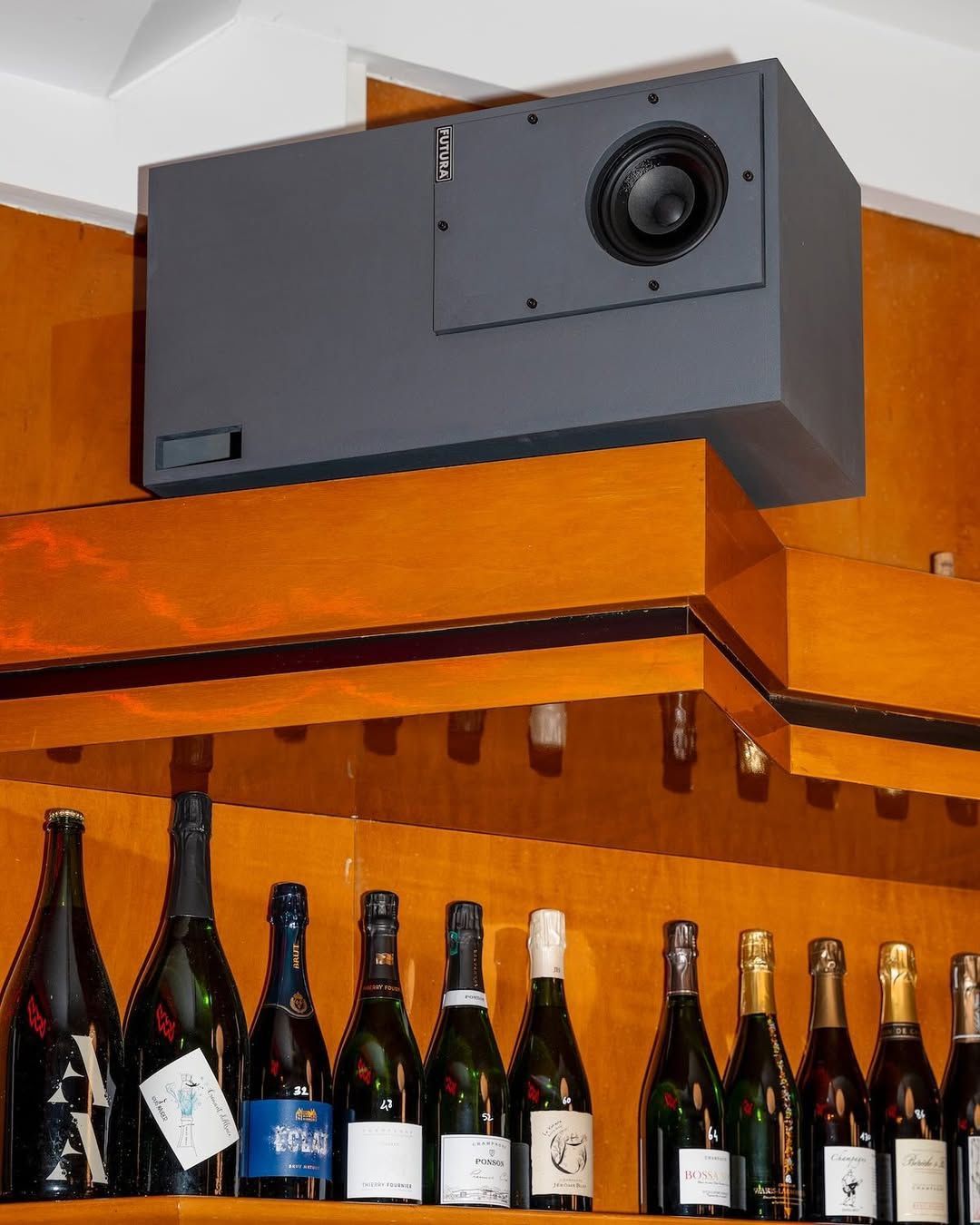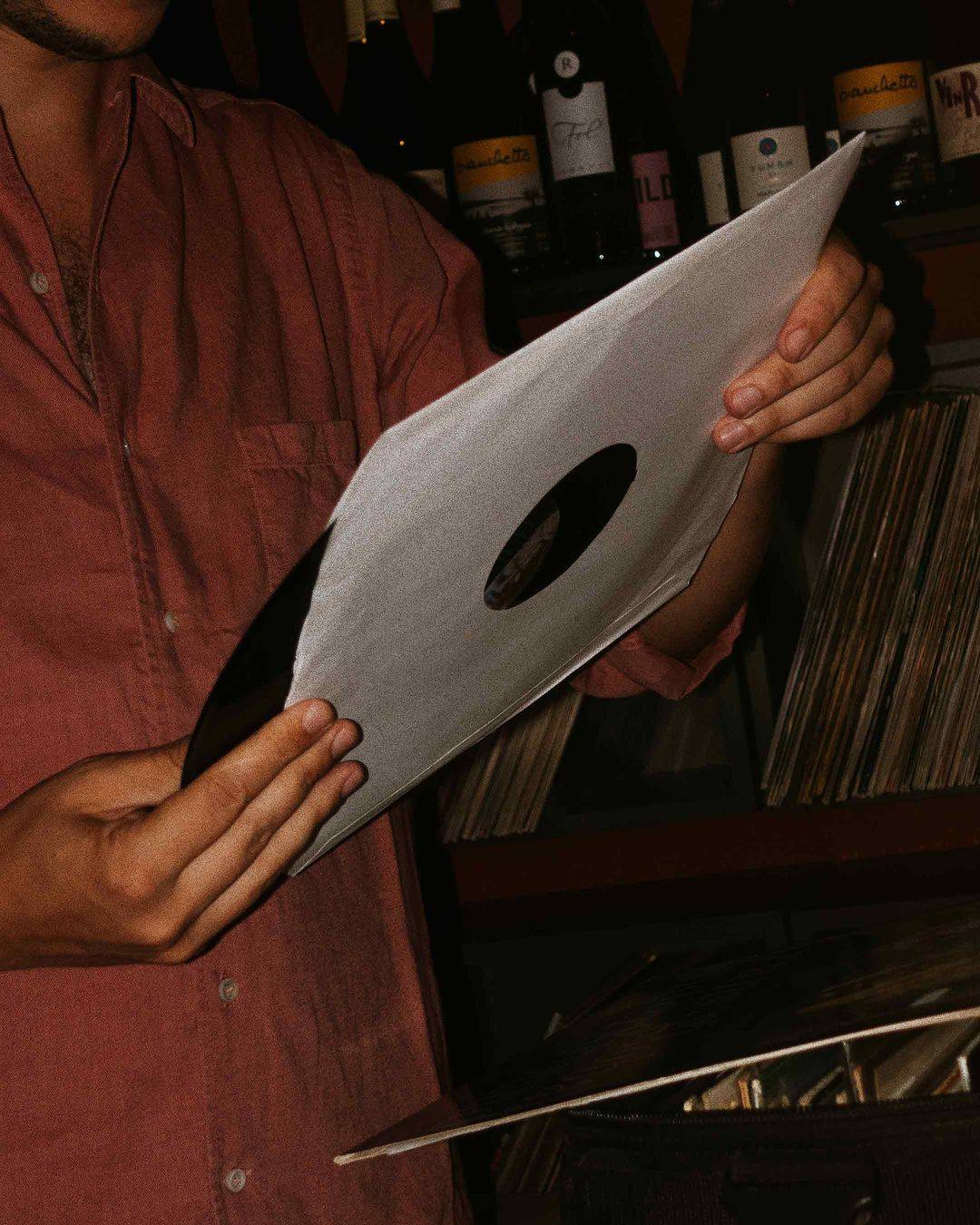
Listening bars have never been so cool Children of the incredible success of vinyl
In July 2022, a survey conducted by the platform Keep Hush, specializing in organizing and promoting musical events, revealed that 25% of people aged 18 to 25 are less interested in going to clubs after the Covid-19 pandemic. Various factors have contributed to what researchers have termed "rave fatigue" among zoomers and millennials. However, this does not mean that young people are going out less – rather, they seem to be more open to considering diverse proposals and rethinking the definition of fun. In terms of nightlife, especially in the most bustling cities, the choice has never been as varied as it is today. In recent years, a new trend has emerged: listening bars.
What is a listening bar?
Listening bars originated in the 1950s in Japan under the name Jazz Kissa, a period when vinyl records were particularly expensive. From the beginning, customers visited not to socialize but to silently listen to music played on turntables and amplified by high-quality audio systems. Over the years, the concept of the listening bar has been adopted and reinterpreted by American and European entrepreneurs. Today's listening bars still emphasize careful music selection and listening quality, but they also create an immersive atmosphere. What must absolutely be present in contemporary listening bars? Refined menus, cocktail and natural wine lists, and meticulous attention to interior design: entering a listening bar is like entering an intimate space. In listening bars, people don't dance wildly all night like in a club; instead, they enjoy high-quality products and chat with friends while being accompanied by background music. This concept has made these places successful, partly due to the audience's interest in vinyl. According to the latest survey by the platform Luminate on the music industry, vinyl sales in the United States increased by 21.7% in the first half of 2023 compared to 2022.
In Paris, more than 20 listening bars in the last six years
From London to Berlin, Amsterdam to Milan, listening bars have invaded the nightlife scenes of major European cities over the past five years. The London-based Brilliant Corners, opened in 2013, pioneered this sector, becoming recognizable for its minimal décor and commitment to maintaining high acoustic quality. The Berlin-based Rhinoçéros, paying homage to Japanese culture and founded in 2014, combines jazz, blues, soul, and funk music with a quality wine list. Paris, of course, has not stood idly by. In the shadow of the Eiffel Tower, there are now about twenty listening bars, all born no more than six years ago. Opening the dance in 2018 was Fréquence, launched by Guillaume Quenza, Matthieu Biron, and Baptiste Radufe, three vinyl enthusiasts with a background in hospitality and catering. In this listening bar with Scandinavian-style interiors, a selection of cocktails inspired by Japanese culture blends with the sound of black music.
In 2019, Café Montezuma was born, now a reference point in the French capital. Inspired by Brilliant Corners, Montezuma Café focuses on a bistro kitchen and a vintage sound system: «It's not just about sound quality. What's interesting is the community that has formed in the venue. Montezuma has a fairly young audience, open to sounds that aren't found elsewhere,» explained one of the co-founders, Louis Mesana. Hindered by the health crisis that began in 2020, Parisian listening bars have experienced growing interest with the easing of restrictions, also because each bar has a unique style. Bambino, for example, since 2019, has the uniqueness of serving draft cocktails, in addition to boasting an international clientele; Cadence stands out for its seasonal menu; Discobar, opened in 2020 in the Belleville district, welcomes all amateur DJs who can book on the website. Finally, the Book Bar at the Hotel Grand Amour was designed as a large living room full of books, vinyl records, lamps, tables, and sofas. It is also known as a meeting place for Parisian fashion.
The list goes on. The latest arrival, chronologically, is the restaurant Superflu, a hidden gem in the 18th arrondissement: conceived by Louis Bruneteau, formerly in charge of the listening bar Stereo, and architect Jean-Baptiste Andrau, this venue with a wavy ceiling offers house, disco, and techno music programming every weekend after dinner, accompanied by a list of natural wines. «This combination works particularly well because in Paris, like no other city, there is a significant natural wine culture,» explains Jean-Baptiste, according to whom the evolution of lifestyle during the pandemic has also contributed to the success of listening bars. «If we were used to going to clubs before, during the health crisis, the only places of leisure were bars and restaurants,» continues the co-founder of Superflu. «In doing so, people rediscovered the pleasure of eating well and drinking well, starting to rethink their way of spending the evening. When the Covid-19 emergency ended, we found ourselves with a great demand for 'hybrid venues,' places where you can grab a bite, sip a drink, and let loose. Thus, the success of the listening bar was born.»












































